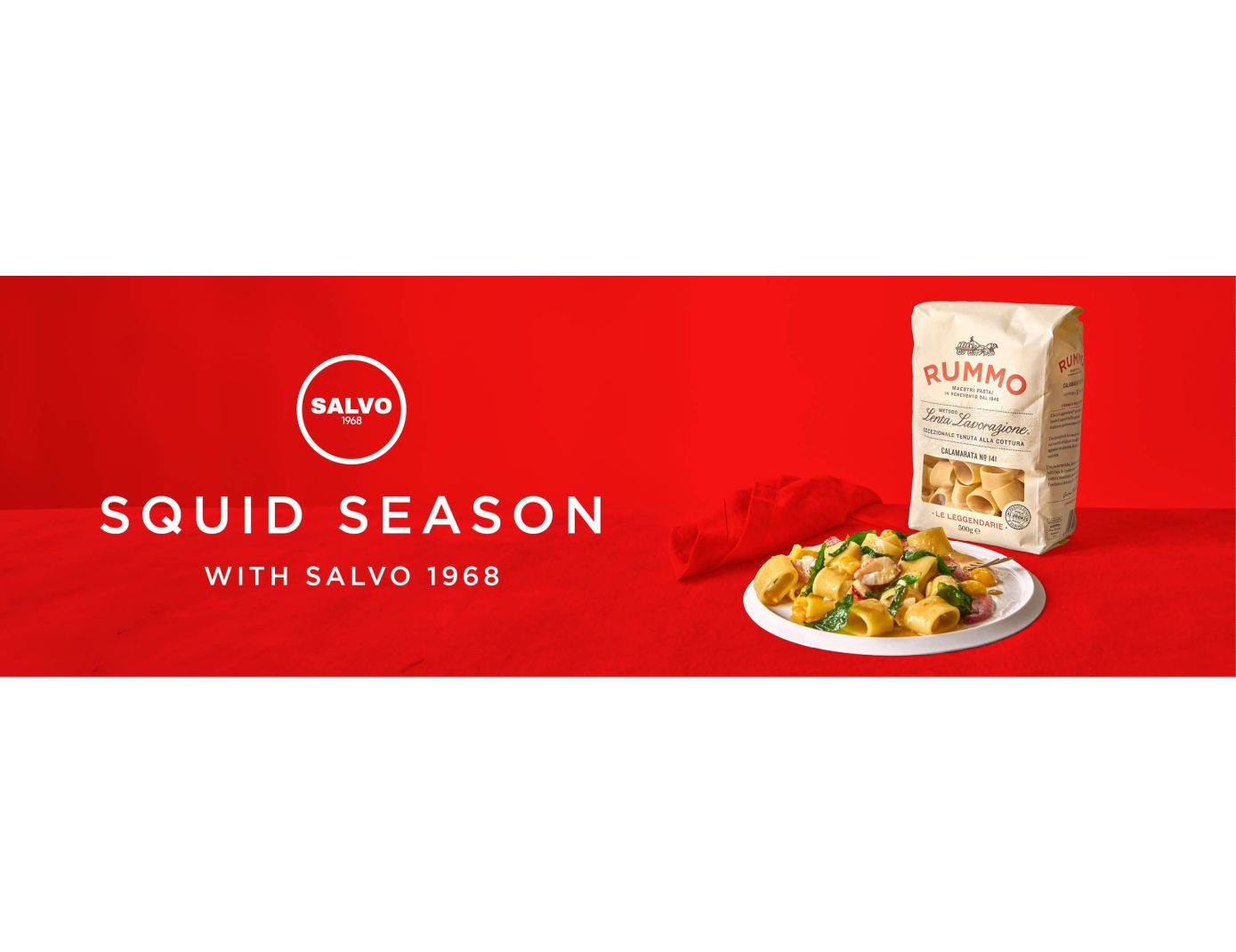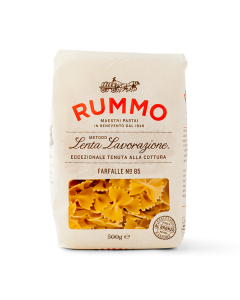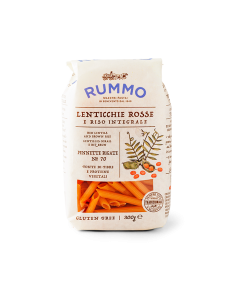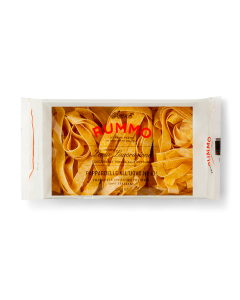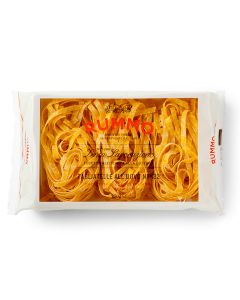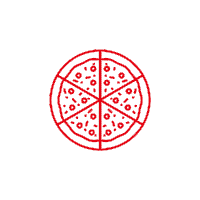Squid Season with Salvo 1968: Seasonal Harvests Along Italy's Shores
From the bustling fish markets of Sicily to the serene coastal waters of Sardinia, the harvesting, preparation, and enjoyment of squid highlight Italy's deep connection to the sea. For generations, Italian fishermen have ventured into the Mediterranean and Adriatic Seas, employing age-old methods that continue to prove effective.
Once caught, the fresh squid is delivered to the quaint, inviting restaurants nearby to cater to local patrons. These calamari dishes are ideally paired with Rummo Pasta, whose diverse shapes and textures stand up well to various treatments, from hearty sauces to gentle broths. Rummo's method of slow processing, known as 'Lenta Lavorazione,' reflects the meticulous practices typical of Italian squid fishing.
For instance, the broad, flat surfaces of tagliatelle or pappardelle are excellent for clinging to thicker, chunkier sauces made with squid, perhaps incorporating tomatoes, olives, and capers. Meanwhile, smaller, more delicate shapes like farfalle or penne are ideal for lighter, broth-based sauces, where pieces of tender calamari and aromatic herbs can nestle into the crevices of the pasta.
Or why not try Rummo's Calamarata pasta? Named for its resemblance to calamari rings, this pasta is often served with calamari, perfectly complementing the seafood's texture and flavour. Its unique shape and firm texture make it an ideal choice for capturing and holding onto the rich, savoury sauces typically used in calamari dishes, enhancing the overall dining experience.
In true Salvo 1968 fashion , we took the time to dive into the backstory of how these creatures are caught, prepared and kept flourishing in their populations.
Traditional Fishing Techniques
Traditional squid fishing in Italy employs a variety of methods, each adapted to the specific conditions of different regions. One of the most enduring techniques is the use of lampara nets, named after the bright lamps used to attract squid to the surface during nocturnal expeditions. This method, while ancient, remains effective and is a testament to the sustainable practices that characterise Italian fishing traditions. Fishermen also utilise handlines and small trawls, techniques that allow for selective fishing, reducing bycatch and minimising habitat damage.
In recent years, there has been a growing emphasis on sustainable fishing practices within the Italian squid fishing industry. Initiatives aimed at preserving squid populations and their habitats are being increasingly integrated into traditional methods. These include regulated fishing quotas, seasonal restrictions, and the adoption of gear that reduces environmental impact. Such measures ensure that squid fishing can continue to be a cornerstone of Italian maritime culture for future generations.
Traditional squid fishing in Italy employs a variety of methods, each adapted to the specific conditions of different regions. One of the most enduring techniques is the use of lampara nets, named after the bright lamps used to attract squid to the surface during nocturnal expeditions. This method, while ancient, remains effective and is a testament to the sustainable practices that characterise Italian fishing traditions. Fishermen also utilise handlines and small trawls, techniques that allow for selective fishing, reducing bycatch and minimising habitat damage.
In recent years, there has been a growing emphasis on sustainable fishing practices within the Italian squid fishing industry. Initiatives aimed at preserving squid populations and their habitats are being increasingly integrated into traditional methods. These include regulated fishing quotas, seasonal restrictions, and the adoption of gear that reduces environmental impact. Such measures ensure that squid fishing can continue to be a cornerstone of Italian maritime culture for future generations.
The Life Cycle of the Squid
The life cycle of squid comprises several stages, starting with the spawning of eggs in protected coastal areas or deeper offshore waters, depending on the species. After hatching, juvenile squid rapidly grow, feeding on small fish and zooplankton. As they transition into adulthood, their dietary habits and habitat preferences evolve, which are key factors that fishermen must consider to effectively target mature specimens.
Seasonal Harvesting
Squid are typically harvested during their peak spawning period when they congregate in large numbers. This period varies by region and species but generally falls between early spring and late autumn. Fishing during this time is not only more productive but also allows for the collection of mature individuals before they spawn, which is vital for managing sustainable population levels.

